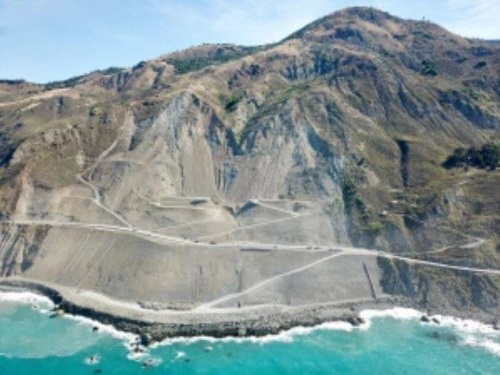A roundup of headlines curated for state transportation environmental professionals
FEDERAL ACTION
Trump Administration Formally Overhauls NEPA Rule – AASHTO Journal (See Federal Register listing below)
House Transportation Panel Advances Water Infrastructure Bill – Transport Topics
One-Third of U.S. Solar Projects Relied on Rule That’s Changing – Bloomberg
House leaders introduce COVID-19 maritime relief legislation – Transportation Today
House panel approves measure requiring masks on public transport – The Hill
COVID-19
Public Transit Officials Fear Virus Could Send Systems Into ‘Death Spiral’ – New York Times
Fear In an Elevator – Bloomberg (Video)
Former Transportation Secretary Ray LaHood: Only Vaccine Can Restore ‘Normalcy’ For Transit Agencies – WBUR Radio’s Here & Now
Survey: Transportation & Mobility for All during the COVID-19 Pandemic Recovery – C2SMART (Survey availability announcement)
NEPA
Nixon signed this key environmental law. Trump plans to change it to speed up pipelines, highway projects and more. – Washington Post
INFRASTRUCTURE RESILIENCE AND SUSTAINABILITY
Wind And Solar Can Power Green Recovery With Lower Risk Projects – Forbes
City of Houston’s Office of Sustainability Seeking Input on Strategy to Make Electric Vehicles More Accessible – City of Houston (Press release)
Joe Biden unveils $2 trillion green infrastructure and jobs plan – CNBC
Rising Seas Mean More Flooding Will Be Coming to New York City – Bloomberg Green
The Case for ‘Managed Retreat’ – Politico (Opinion)
AIR QUALITY
15 states will follow California’s push to electrify trucks and buses – The Verge
EPA rejects tougher air-quality standards, says 2015 limits are sufficient – Washington Post
Understanding Air Quality Alerts in Your Area – Spectrum News
Masks neither help nor hurt during air quality alerts, experts say – WATE
ENVIRONMENTAL JUSTICE
Seventy percent of Superfund sites are within a mile of public housing, report finds – Philadelphia Inquirer
You Asked About Environmental Justice And The Effects Of Pollution. We’ve Got Answers. – Indiana Public Media
John Lewis And His Environmental Legacy – Forbes (Op-Ed)
NATURAL RESOURCES
Pennsylvania environmental group sues EPA over Clean Water Act – Jurist
EPA: Waters Around Two Hawaii Beaches Impaired by Plastic Pollution – Center for Biological Diversity (Press release)
CULTURAL RESOURCES
Oklahoma City adopts first historic preservation and sustainably plan – KOKH
Study: Public Transit Benefits Exceed Costs in Rural and Small Urban Areas – Crossroads (Blog)
At the Hirshhorn, a Battle Over Plans for Its Sculpture Garden – New York Times
HEALTH AND HUMAN ENVIRONMENT/ACTIVE TRANSPORTATION
Michigan lawmakers put priority on recycling not dumping – MLive.com
The Impact of Ride-sharing in New York City – C2SMART (Webinar announcement)
Coronavirus has forced escooter providers and cities to work out their differences – TNW
TRB RESOURCES/ANNOUNCEMENTS
2021 Transportation Research Board Annual Meeting Is Going Virtual – TRB
RFP: Mapping the Common Interests of AASHTO Committees – NCHRP (RFP announcement)
Building socioeconomic equity through transportation research – TRB (Blog announcement)
TRB Webinar: Enter the Portal–The Transportation Performance Management (TPM) Portal – TRB
FEDERAL REGISTER NOTICES
Update to the Regulations Implementing the Procedural Provisions of the National Environmental Policy Act – Council on Environmental Quality (Final rule)
Notice of Final Adoption and Effective Date for a Revised Federal Transportation Element and Transportation Addendum for the Federal Elements of the Comprehensive Plan for the National Capital – National Capital Planning Commission (Notice of final adoption of and effective date)
Applications for Credit Assistance under the State Infrastructure Finance Authority Water Infrastructure Finance and Innovation Act Program – EPA (Notice of funding availability)
Applications for Credit Assistance under the Water Infrastructure Finance and Innovation Act Program – EPA (Notice of funding availability)


